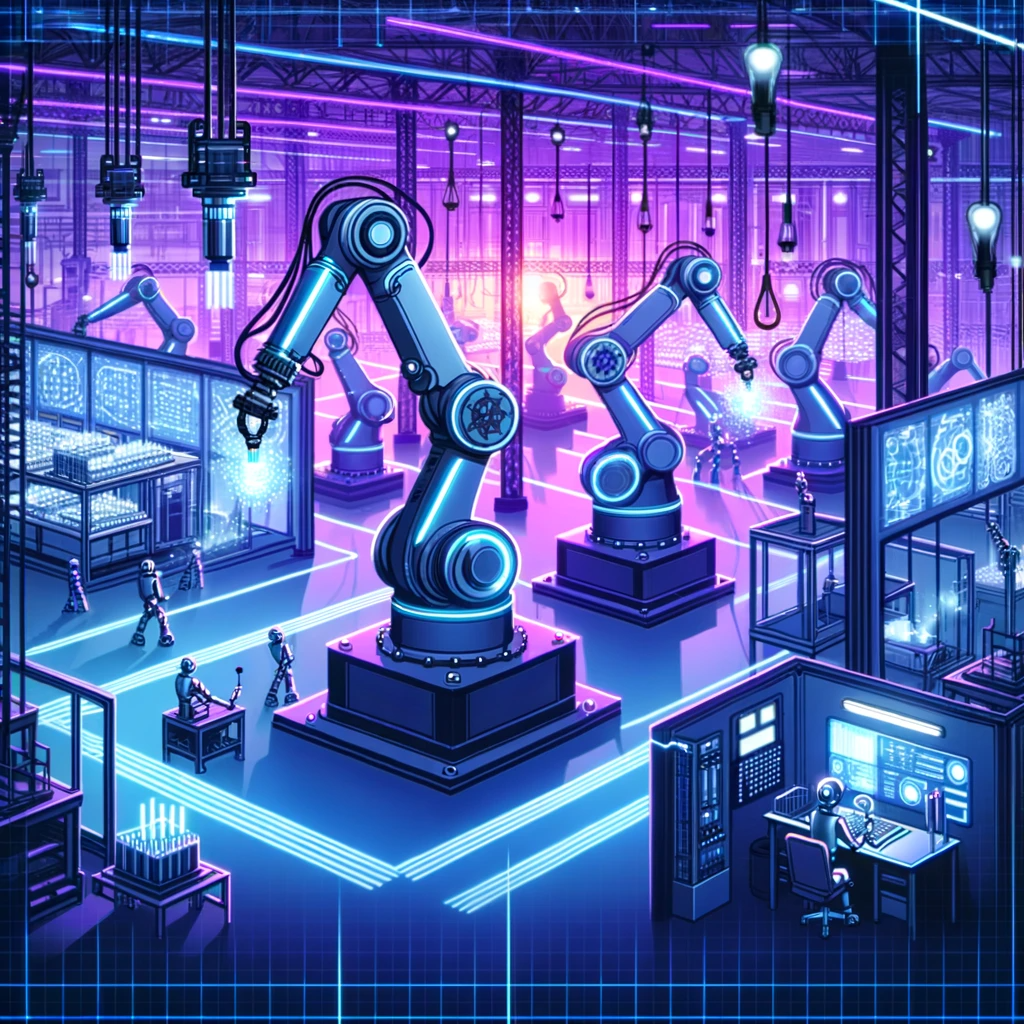

Automatic Planning
Automatic planning is responsible for calculating a plan or sequence of actions that must be applied to a state of a problem in order to reach another state that meets certain conditions. A planner needs three inputs:
– A description of the current state. For example, if it is a manufacturing problem, it could indicate how many warehouses there are, where they are located, what they contain, or what machines are available for manufacturing the products.
– A description of the actions that can be performed. For the previous example, actions could be defined to store or withdraw raw materials from the warehouse. For each action, the conditions that must be met to execute it and the effects it will generate should be indicated.
– A description of the goal to be achieved. For example, to manufacture 100 units of a specific product.
We have planners that allow modelling problems that require a high level of expressiveness, which includes control parameters in the actions. In this way, the planner can decide certain numerical values for each action, for example, the power or speed at which the machine will work or the amount of material to be used.


